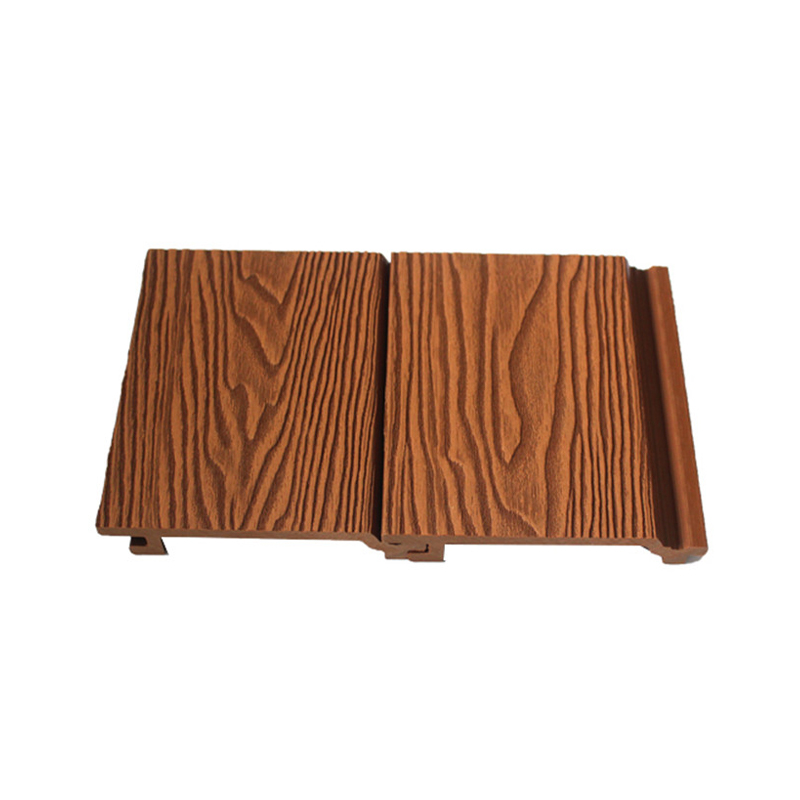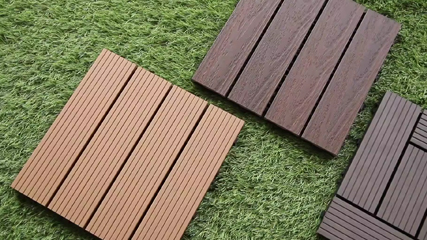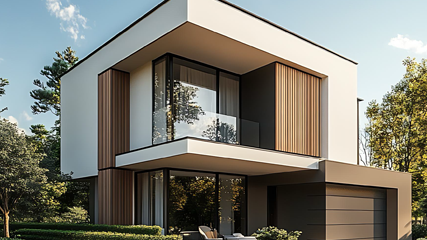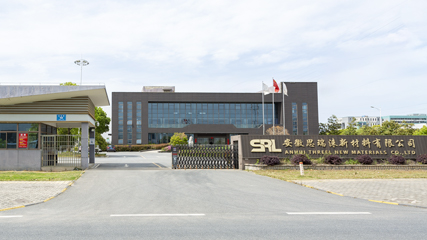When choosing materials for decking, furniture, or outdoor structures, two popular options often come up: Wood and Wood-Plastic Composite (WPC). While wood has a timeless appeal and natural beauty, WPC offers modern advantages such as durability and low maintenance. A common question is whether WPC costs more than traditional wood and if the investment justifies the price difference.
What Is WPC?
Wood-Plastic Composite (WPC) is a material made by combining wood fibers or flour with thermoplastics such as polyethylene, polypropylene, or PVC. The blend results in a composite material designed to mimic wood’s appearance while enhancing durability and weather resistance.
Initial Material Cost Comparison
Raw Material Prices: Generally, the upfront cost of WPC is higher than many types of traditional wood. For example, softwoods like pine or cedar are typically cheaper per board foot than WPC decking boards.
Price Range: WPC boards can cost 30% to 50% more than standard wood decking, depending on the grade, brand, and regional availability.
Wood Varieties: High-end hardwoods like teak, ipe, or mahogany often cost more than WPC. So the cost comparison depends heavily on the specific wood species used.

Installation and Labor Costs
Workability: Wood is easier to cut, shape, and fasten, often resulting in lower labor costs.
WPC Installation: WPC can require specialized tools and fasteners, sometimes increasing installation time and cost.
Long-Term Costs: The relative ease or difficulty of installation varies by project scope, but initial labor cost differences can narrow when factoring in maintenance.
Maintenance and Lifecycle Cost
Wood Maintenance: Wood typically requires regular sealing, staining, or painting to protect it from weather, pests, and rot. This adds ongoing costs over its lifespan.
WPC Maintenance: WPC is largely maintenance-free, needing only periodic cleaning. It resists fading, warping, and insect damage.
Longevity: WPC often lasts 2-3 times longer than untreated wood, offsetting higher upfront costs with reduced maintenance and replacement expenses.
Environmental and Aesthetic Considerations
Sustainability: WPC uses recycled plastics and wood waste, reducing deforestation impact. Wood is renewable but harvesting impacts forests.
Appearance: Wood offers natural grain and warmth. WPC tries to replicate this but may look more synthetic.
Customization: Wood can be painted or stained in limitless colors; WPC is typically limited to factory colors.
Summary of Cost Influencers

When Does WPC Justify Its Higher Price?
Projects demanding low maintenance and long lifespan, such as commercial decking or difficult-to-access outdoor areas.
Environments with high moisture, insect pressure, or extreme weather.
Users prioritizing sustainability through recycled content.
When budget allows, and longevity or durability is a top priority.
When Wood May Be More Cost-Effective
Short-term projects or temporary installations.
Situations where natural aesthetics are critical, and ongoing maintenance is acceptable.
Budget-sensitive applications where upfront cost is the main concern.
Final Thoughts
While WPC generally costs more upfront than standard wood, the total cost of ownership over the product’s lifespan often favors WPC due to its durability and low maintenance. The choice depends on your specific needs, environmental conditions, aesthetic preferences, and budget. Understanding these factors helps make a more informed decision beyond just comparing sticker prices.



























